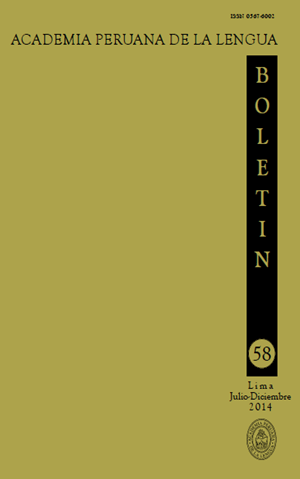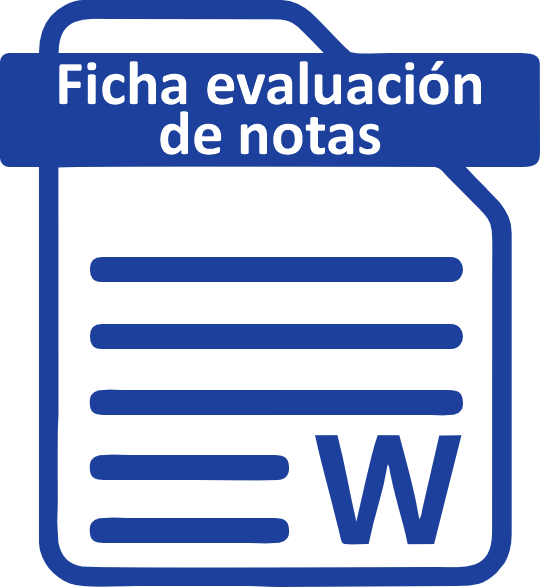Italianisms in the twenty-second edition of the dictionary of the Spanish language of the Royal Spanish Academy or DRAE
Abstract
This article examines the words of Italian origin incorporated in the 22nd edition of DRAE, noting the treatment they receive in the dictionary and showing the ways how these lexical items have been assimilated into Spanish, the adaptations and variations they have undergone in spelling and pronunciation.
We have: a) words taken without adaptation (malaria, piano, piloto); b) with different spelling or pronunciation in Peru (broccoli, ciabatta, salami); c) lack of a diatopical mark in Peru (capo, coliseo, posta médica); d) Italianisms not listed in the DRAE (panetón, menestrón, fuente de soda); e) lack of figurative pronunciation (carpaccio, crescendo, mezzosoprano); f) adaptation of Italian sounds when entering into Spanish: gn > ñ lasagna > lasagna; infinitives ending in /e/ brillare > brillar in initial position of words or
consonant groups /sp-, sf-, sk-/) enter into Spanish with a prosthetic /e/: spaghetti > espaghetti, sfumare > esfumar, scorzonera > escorzonera.
Downloads
Copyright (c) 2014 Ana Baldoceda Espinoza

This work is licensed under a Creative Commons Attribution 4.0 International License.
Authors retain their rights:
a. The authors retain their trademark and patent rights, as well as any process or procedure described in the article.
b.The authors retain the right to share, copy, distribute, perform and communicate publicly the article published in the Boletín de la Academia Peruana de la Lengua (for example, placing it in an institutional repository or publishing it in a book), with an acknowledgment of its initial publication in the Boletín de la Academia Peruana de la Lengua.
c. Authors retain the right to make a subsequent publication of their work, to use the article or any part of it (for example: a compilation of their work, notes for conferences, thesis, or for a book), as long as they indicate the source of publication (authors of the work, journal, volume, number and date).

.gif)






























